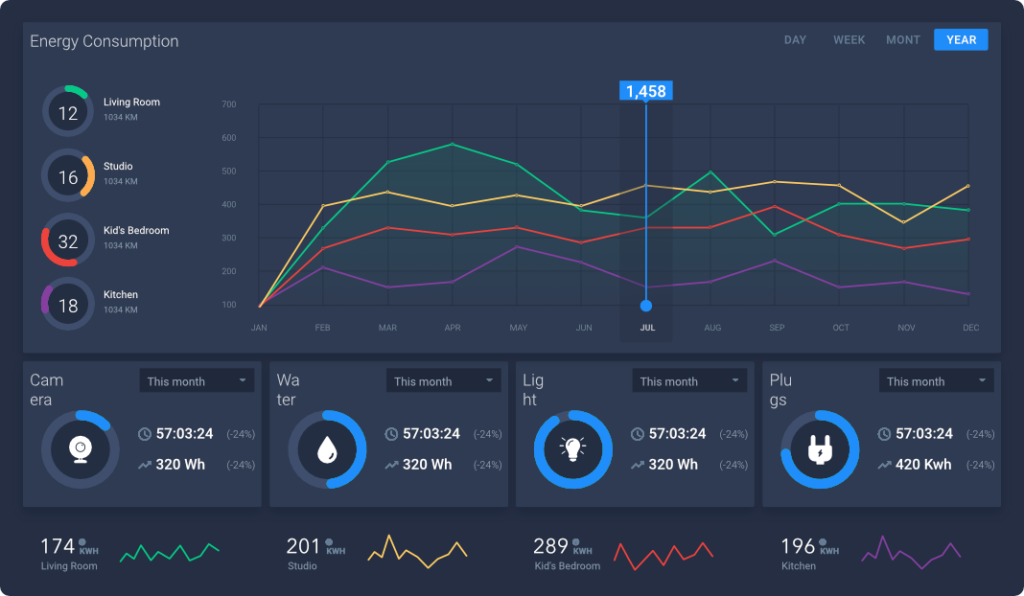
Non-fungible tokens (NFT) are a digital asset class that has gained significant attention in recent years. NFTs are unique digital assets that are stored on a blockchain, which is a digital ledger that records all transactions. It differs from traditional digital assets, such as digital music or videos, in that they are one-of-a-kind and cannot be replaced or exchanged for an equivalent item. We will talk about the 7 key benefits of NFT and interesting facts about NFT today.
They can take many forms, including digital art, collectible items, and even virtual real estate. They are created using smart contracts, which are self-executing contracts with the terms of the agreement written directly into code. This allows for the creation and transfer of NFTs to be fully automated and secure.
7 key benefits of NFTs are
Unique digital ownership: NFTs allow for the creation and ownership of unique digital assets, such as digital art or collectibles, which cannot be replicated or replaced.
- Unique digital ownership: They allow for the creation and ownership of unique digital assets, such as digital art or collectibles, which cannot be replicated or replaced.
- Digital scarcity: They enable the creation of digital scarcity, which is a concept that is difficult to achieve with traditional digital assets.
- Increased value: They can increase the value of digital assets by making them one-of-a-kind and verifiable on the blockchain.
- Automated and secure transactions: They are created and transferred using smart contracts, which automate and secure the process.
- Liquidity: They can be bought, sold, and traded on marketplaces, providing liquidity for digital assets.
- Potential for new revenue streams: They open up new revenue streams for creators, such as digital art, collectibles, and virtual real estate.
- Innovation in the digital economy: They have the potential to revolutionize the way we think about digital ownership and scarcity and lead to innovation in the digital economy
Few interesting facts about NFT
Burning of NFT
It is the act of completely destroying it by sending them to a blockchain address that no one can access. Do note that there will still be a record that was sent to the burner address on the blockchain as blockchain transactions are transparent.
Who invested HyperNFT
Thomas Gavache introduces blockchain technology for HyperNFT. His main objective was to introduce supercars into the Metaverse. HyperNFT paid $100,000 to REVV Racing Games’ blockchain gaming division for the R-01 model.
Checking of Rarity of an NFT
To calculate the rarity it is important to compare the properties of each NFT against another.
The gross rarity can be determined by either identifying the rarest attributes or by using statistics to undertake a rarity assessment. Therefore, the total rarity score will be the sum of the rarity score of all the gross features it has. The properties usually considered are “physical” properties such as fur, hats, clothes, and accessories like necklaces, etc. Remember, they are non-fungible, and thus not all in a collection will have all these attributes.
Here are four different methods used to technically assess the rarity of it
- Trait Rarity Model
- Average/ Mean Trait Rarity Model
- Statistical Rarity Model
- The rarity score model
However, the market is still in its early stages, and there are some concerns that need to be addressed. One of the main concerns is the environmental impact of it, as the process of creating and trading them requires significant energy consumption. Additionally, the market is currently unregulated, which could lead to fraud and other issues.
In conclusion, they represent a new and exciting digital asset class that has the potential to revolutionize the way we think about digital ownership and scarcity. While the market is still in its early stages, and there are some concerns that need to be addressed, the use cases for them are varied and continue to evolve. As the technology matures, we can expect to see more and more use cases for it and a greater understanding of its potential impact on the digital economy.







